Ants can quickly multiply and spread throughout your home. As soon as you discover an infestation, you need to take action immediately. There are a variety of ways to get rid of ants both inside and outside your home. If you need to rely on homemade remedies, here are some tips to help you get rid of ants:
- Remove clutter around your home.
- Spray borax or citric acid on the nest.
- Place baking soda on the ground near the nest.
- Sprinkle powdered charcoal over the area.
- Pour boiling water over the nest.
- Apply hydrogen peroxide to the area.
- Fill a bucket with soapy water and place it near the ants’ nest.
- Reapply pesticides in the infested every few days.
If none of the solutions above work, you can call an exterminator to resolve the issue for you. Merlin Environmental is a nationwide UK pest control company that helps businesses eliminate their pest problem. By primarily using methods that are non-toxic to humans, Merlin ensures that employees and customers are always safe whenever they eliminate an ant problem.
You can also buy products for killing ants, such as ant baits. The idea is that the ants will be attracted to the sweet bait (which is a mixture of poison and food). The ant will take the bait back to the colony for the others, and it will be eaten there, hopefully killing the queen and thus eliminating the colony.
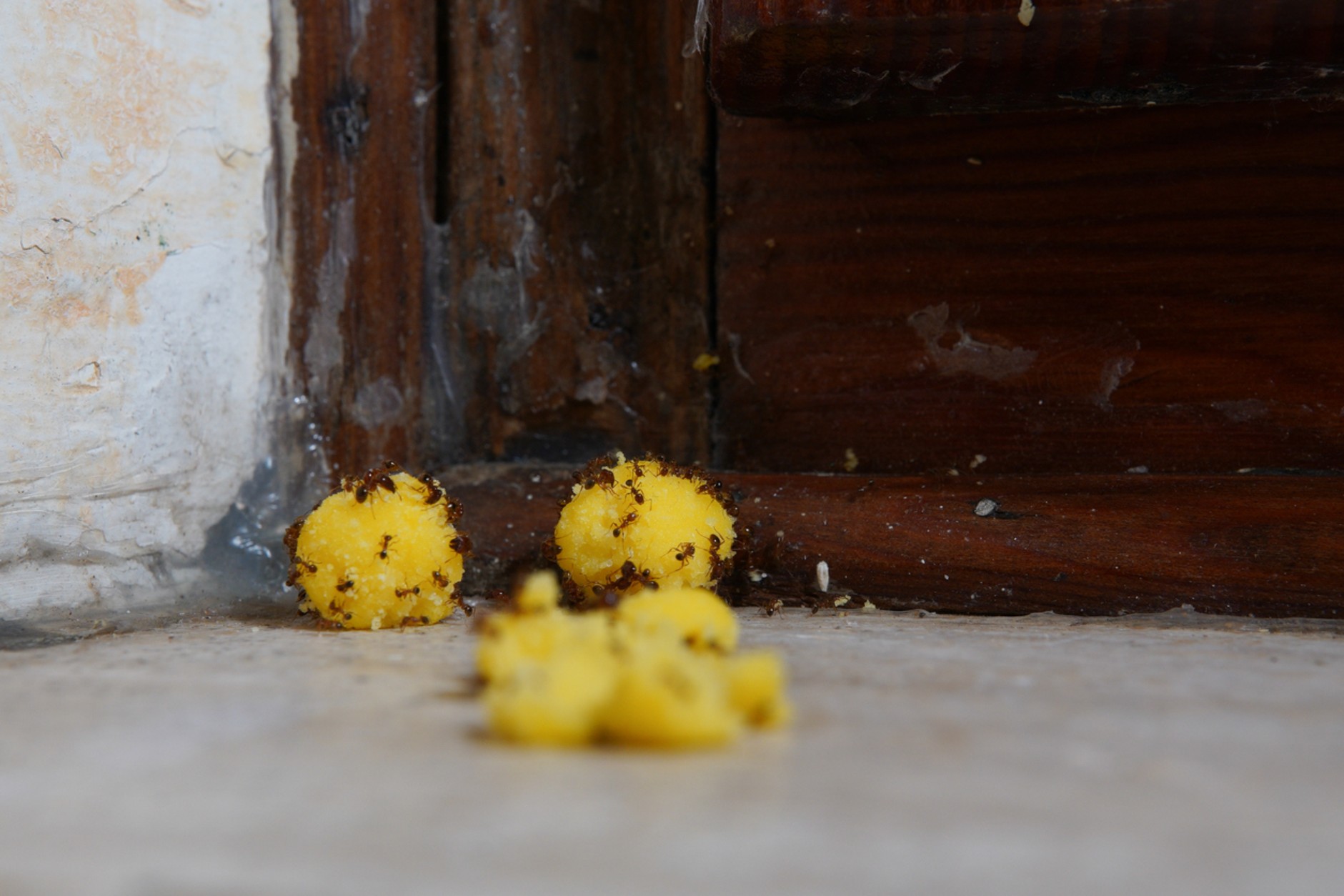
How long do ants live?
The common black garden ant (Lasius niger) has one of the longest lifespans among the 13,800 ant species worldwide. The lifespans we discuss here will apply to the common black ant:
Ants can live for a few weeks to several decades, depending on their gender and colony state.
Male ants, for example, live the shortest lives, only lasting long enough to procreate with female ants before dying after a few days.
Female working ants live for between 310 – 430 days. Worker ants in new colonies have longer lifespans than those in more mature colonies.
Finally, the queen ant colony can live for many years, even up to 28 3/4 years (in lab conditions). We expect the queen’s lifespan would be shorter in the wild, where the ant colony faces more natural risks.
How many ants are there in the world?
Additionally, there are almost 14,000 different species and subspecies of them, and each year, new ones are discovered.
The UK has only about 50 different species of ant. The most common any in Europe and the UK is Lasius Niger, commonly known as the garden ant or black ant.
How to stop ants from coming into the house?
The ant is one of the more bothersome and unpleasant common household pests. Fortunately, there are several quick and simple ways to keep ants out of your home. You may have an ant-free home. By just following these simple suggestions, you can keep it that way.
- Store food in tightly sealed containers – It’s crucial to store food (for people and pets) in closed, airtight containers because they tend to attract the majority of common household pests, particularly ants. Storing your food this way, it can also help keep other pests out of your homes, such as mice and cockroaches.
- Place ant baits around the areas that can potentially be infested – It’s a good idea to start putting bait traps around your house where you think ants can get into. You may be able to buy them from hardware stores or just make them yourself. These baits can assist in eradicating an entire colony, as the ants will bring the toxic treats back to their queen. You can put them in the bathroom, kitchen cupboards, near rubbish bins, in plant pots, or wherever you think the ants might be likely to enter.
- Notice if mounds are developing around your property – Apply boiling water to the colony and the region immediately surrounding the colony as soon as you observe mounds forming outside in the garden. Correctly eliminating these colonies will wipe the ants out and stop them from dispersing and establishing a new home somewhere inside.
- Use ant barrier sprays – An effective ant barrier (insecticide) treatment around the perimeter of your home will aid in deterring ants from entering your home or business in search of food. It is preferable to leave this to professional pest control companies, like Merlin Environmental, because they have products that are more effective than those that can be purchased commercially.
- Seal cracks that can be entry points for ants – Look for probable ant entrances in and around your house. Many of the visible entryways used by ants can be stopped by caulking cracks around windows, doors, and walls. It’s advisable to keep an eye on them and reapply as necessary because these sealants will deteriorate with time and exposure to the environment.
- Keep your property clean – The main thing you can do to keep ants out of your house is to keep it clean. You should also make sure that any food waste is cleaned up and disposed of outside regularly. You should:
- Wipe down common surfaces like countertops, workbenches, and other areas in and around your home, particularly those that are prone to spills and stains of food and drinks.
- Clean up dirty dishes and leftover food that can instantly attract ants.
- Sweep and vacuum your floors regularly, specifically in rooms where people eat, to prevent ants from finding food sources.
What eats ants?
It’s probably not the best idea to fill your home with pet lizards and birds in a bid to get rid of ants, though. Instead, follow the advice at the beginning of this post to get rid of ants from your home or place of work.
What are flying ants?
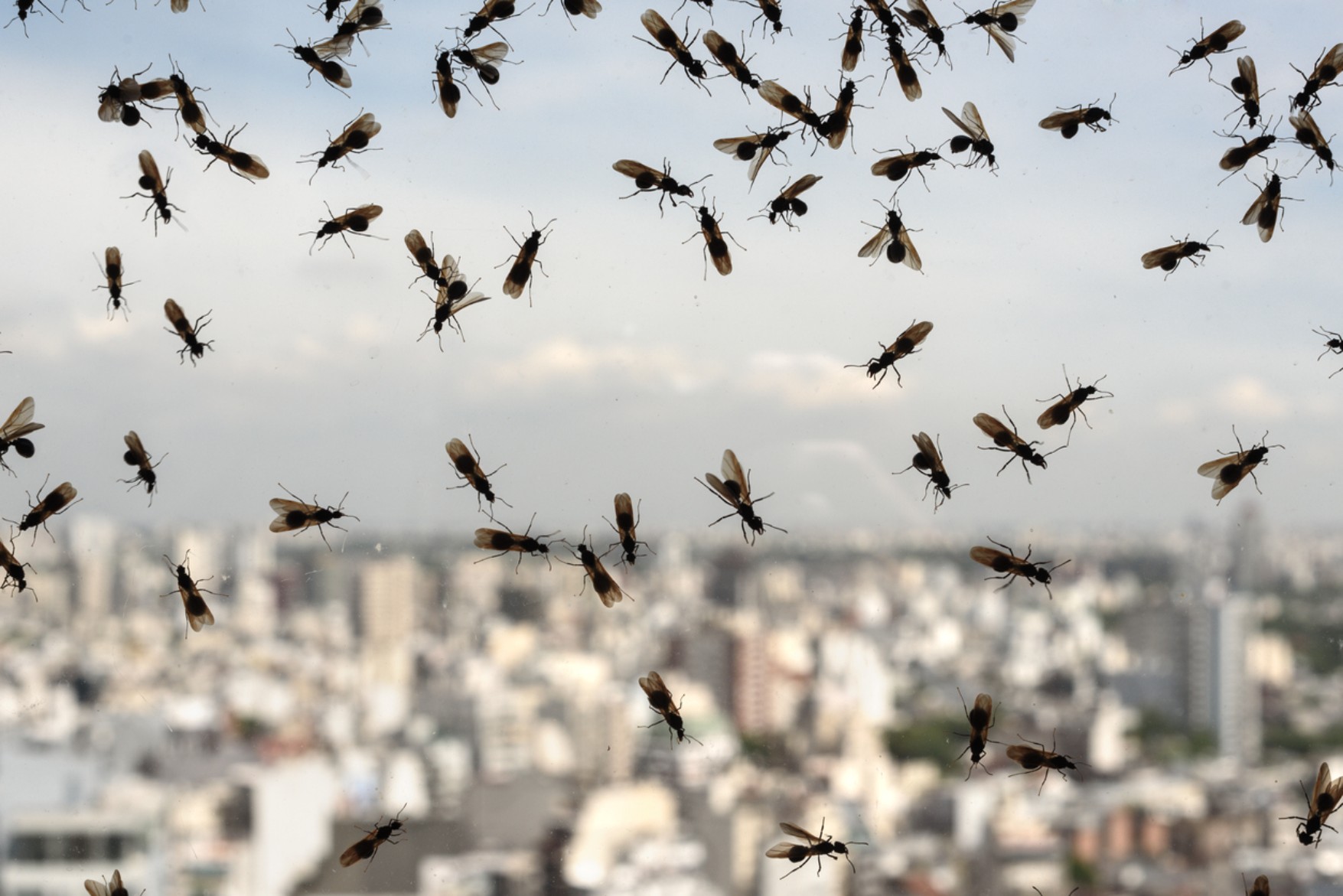
Flying ants, also known as alates, are fertile male and female ants who only leave the nest to breed and find new colonies. Swarms are formed when winged queen ants and male ants from different colonies group together to reproduce in the air.
Flying Ant Day is an annual event that takes place during the summer. Flying ants can be found on any warm, calm day in the UK, but most flying ant activity seems to occur during a week in July. Each year it’s a different week and is weather dependent. To learn more about flying ant day, read this article.
Flying ants don’t bite, and they are generally not interested in eating. Once fertilized, the queens are, however very interested in creating a new colony. So it’s best that you do what you can to ensure that the colony isn’t established inside your house or place of work.
It’s best to keep windows and doors closed during the annual flying ant peak.
When do flying ants come out?
Ants generally emerge from underground chambers during warm weather in the springtime to look for food. During the summer, large numbers of winged queen ants come out to fly and find a mate (commonly known as flying ant day).
Furthermore, ants are most active at night. About 15 minutes after sunset, workers emerge from the nest. They follow chemical trails in search of food, sometimes hundreds of feet from the nest, and often produce permanent, well-worn pathways through the grass, similar to cow paths.
After working, workers return to the nest to rest and socialize with other members. During the day, ants tend to be more solitary than at night. Ants may spend the daytime resting on logs or stones rather than returning home.
What attracts ants?
Ants are attracted to food sources. Ants can smell the pheromones of other ants from a distance. The scent is released through their antennae, and it travels up into the brain, where they interpret that it means there’s food nearby.
Sugar is the food that ants are most drawn to. Sadly, sugar may be found in the majority of foods and drinks. They enjoy chowing down on sweet-smelling foods and beverages that contain high fructose corn syrup. Ants benefit greatly from food spills and crumbs, and ants favor any food that has a strong smell. In addition, ants also enjoy eating dead insects and other organic debris, such as leaves, as well as oil and grease.
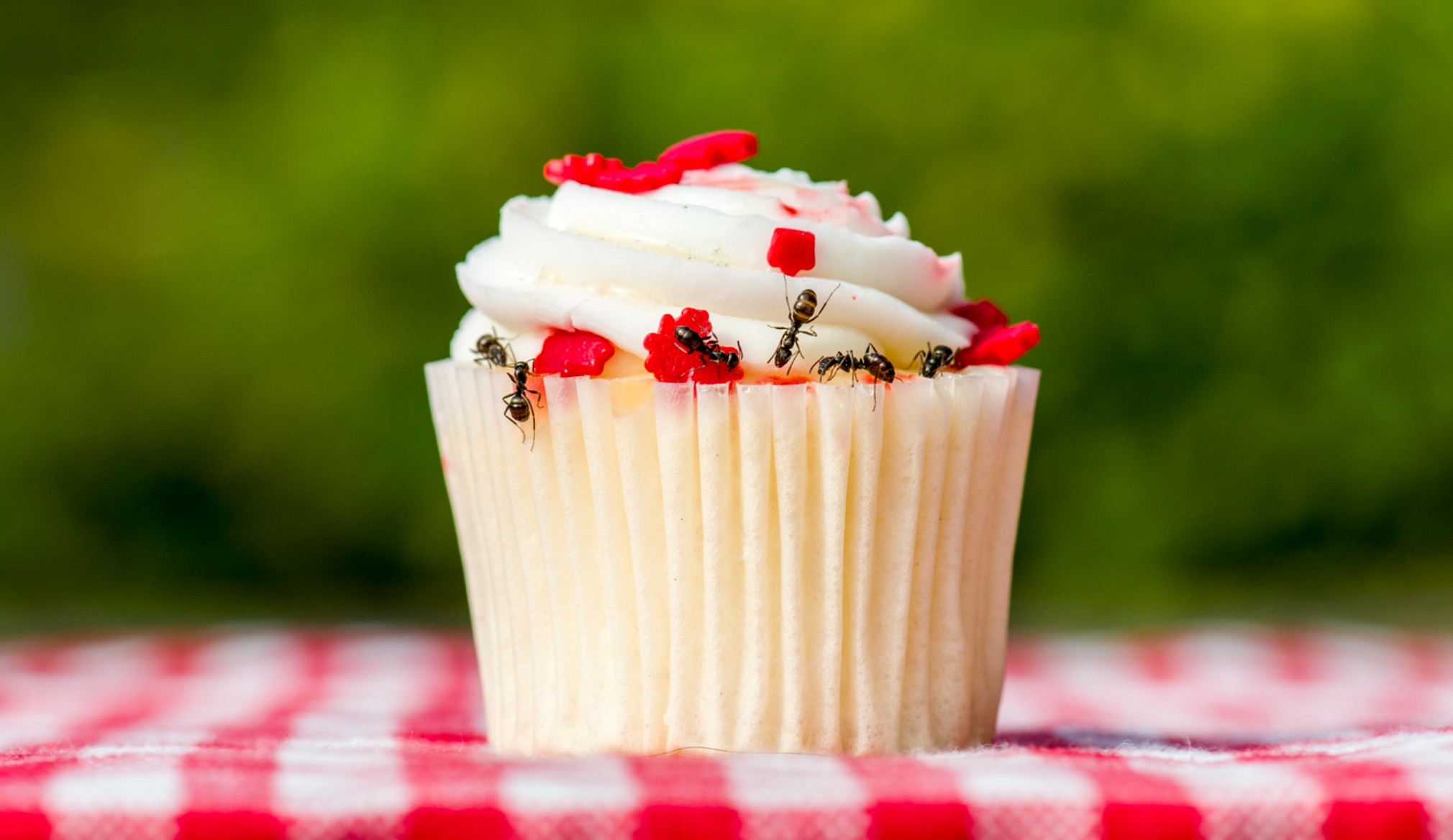
How strong are ants?
To give an idea, a single ant can lift 100 times its weight in grains of sugar. And since each ant stores 2,500 calories of honey or nectar in its abdomen, the insect has enough energy to keep it going for weeks. Ants are even capable of pulling apart tree twigs weighing several pounds.
An ant’s powerful jaws are attached to muscles that enable it to close its mandibles (mouthparts) more than 35 times per second. To keep enemies away from its nest, they can emit a foul-smelling repellent.
What does an ant’s nest look like?
Nests made by ants are dome-shaped structures with tunnels leading inside. A little pile of soil or dirt can serve as a nest location. They range in shape and size depending on the species. Nests are most commonly found under things such as rocks, bricks, pavement, around tree roots, or on lawns. Sometimes ants make nests deep inside concrete walls.
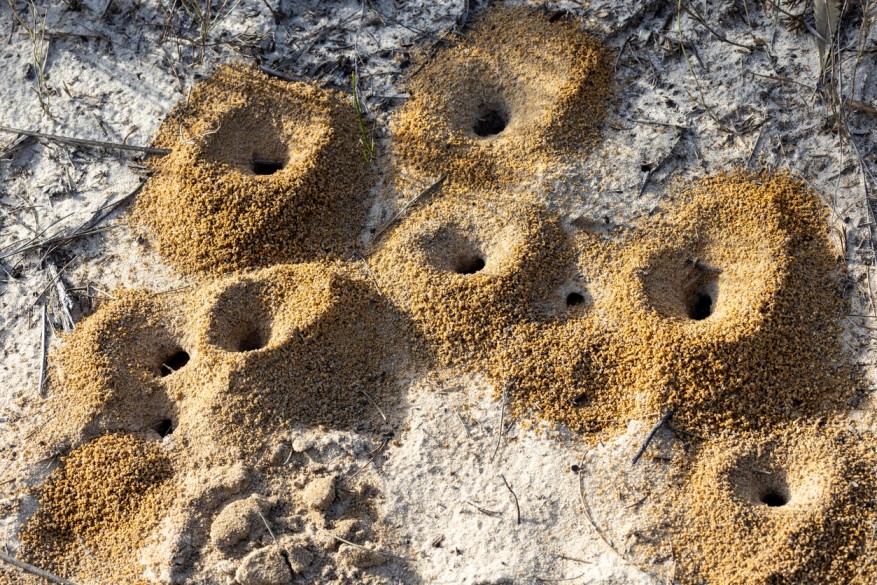
Why do ants carry dead ants?
Ants keep their homes somewhat tidy. They transport dead ants outside of their nest and dump it in a location known as the midden. The midden is a heap, similar to trash, that serves as both a pile and a graveyard. to avoid contaminating themselves or their queen, ants carry their dead there. According to scientific evidence, ants must promptly remove the dead ants’ corpses from the nest. The remainder of the colony might not survive if this is not done.
This behavior is related to how ants use chemicals to communicate with one another. Oleic acid is a substance released by the body of a dead ant. The smell alerts nearby ants to the presence of dead ants. The other ants in the colony respond as soon as they detect this aroma by going in search of the dying ant so that they can remove it.
What is an ant’s purpose?
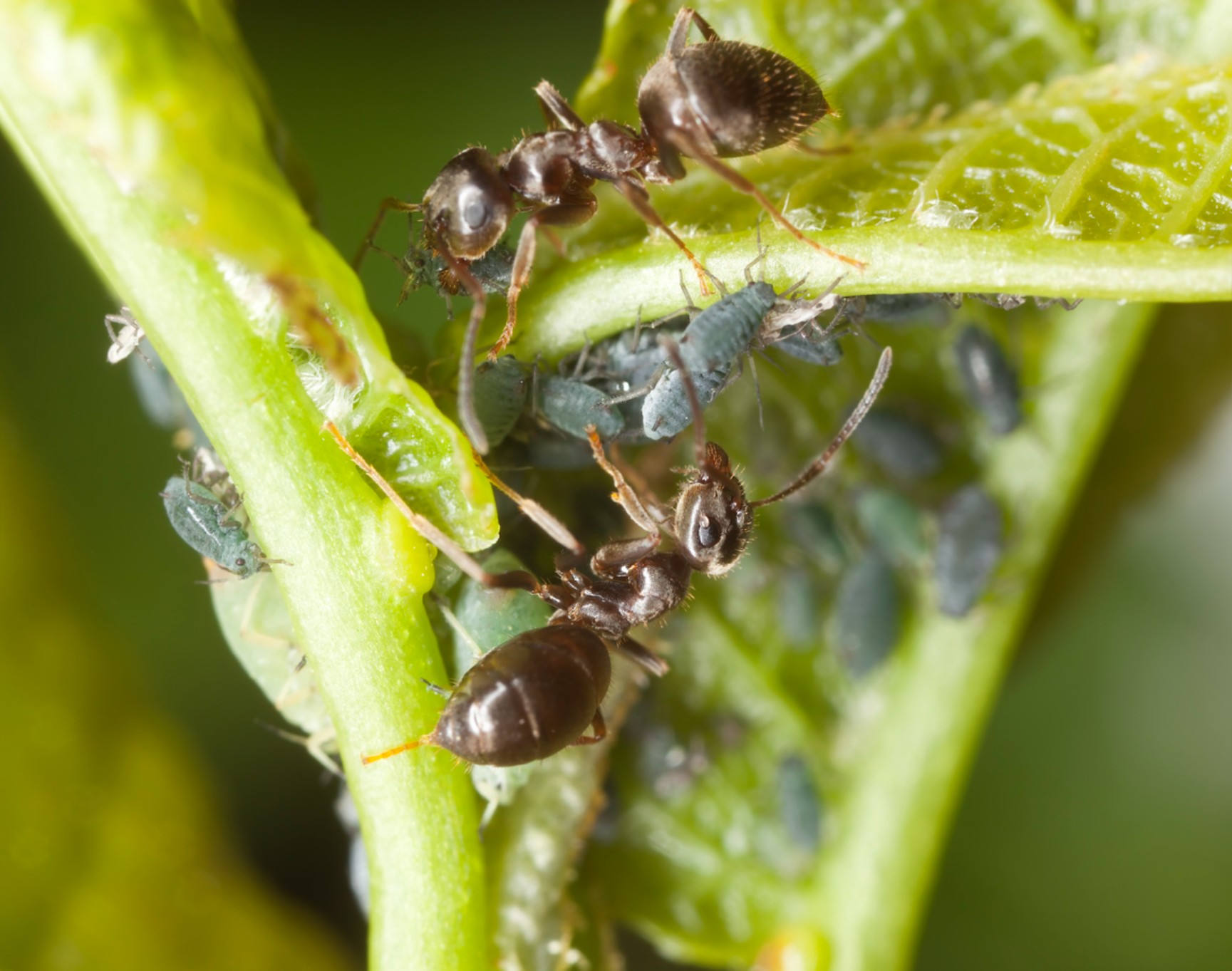
Black garden ants, also known as Lasius Niger, are presumably the most common to be found in Britain and the most prevalent in all of Europe. They are just one of around 14,000 different species of ant globally.
- Queen ant – The queen’s job is to lay the eggs, and she is often larger than every other ant. A winged female egg hatching within a colony initiates new colonies. In order to mate with a male ant, this newly hatched female must depart the colony where she was born. After removing her wings, she establishes her own brand-new colony and becomes its queen.
- Winged male ants – They have no other function in the colony besides reproduction, which is their sole purpose in life. They pass away soon after mating.
- Worker ants – The worker ants (who are all females) play a very active role. Each member of the colony must have access to food. They forage for food outside (and occasionally inside our homes), where they consume it, store it in a second stomach, and then regurgitate it as a liquid for the queen, larvae, and other worker ants. Ants have two stomachs: one to store and consume the food they eat individually, and the other to store food they share with other ants.
Meanwhile, here’s what you need to know about an ant’s purpose in the environment:
- They disperse plant seeds. Ants are a significant factor in the global spread of plants, according to biologists. Every continent, except for Antarctica, has plants that ants distribute in a variety of settings. Ants spread seeds using two different methods: a.) They carry seeds to their nests, where they eat them. Some seeds are spilled or misplaced on the way, while others might be cached in the ground and later ignored by ant workers. These seeds may grow into plants and establish themselves in a new location. b.) Plants produce a fat mass called an elaiosome that is present on or surrounding seeds. Elaiosomes are believed to attract ants, who then transport the seed and its elaiosome back to their nest. The colony consumes the elaiosome there before discarding the seed intact.
- They help keep the pest population low. Ants have an excellent effect on agricultural systems because they quickly consume vast numbers of nuisance insects and spook pests while they are feeding and ovipositing. Ants are scavengers. They prey mostly on dead or injured insects. This means they effectively dispose of dead insects and help keep insect populations under control.
- They improve the quality of the soil. The amount of soil moved by ants is comparable to that of earthworms, which causes the soil to become looser and allows more air and water to permeate the ground. They help in the destruction and breakdown of plant and animal debris and keep the ecosystem free of dead insect carcasses. The soil is fertilized, and nutrients are circulated through the ecosystems of the planet by birds taking fragments of plants and animal carcasses into their nests.

